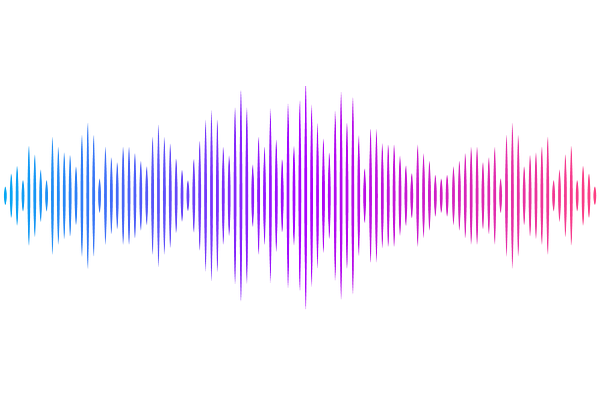Traces of wobbling accretion disk in X-ray pulsar Her X-1 from observations of the ART-XC telescope of the SRG observatory

Traces of wobbling accretion disk in X-ray pulsar Her X-1 from observations of the ART-XC telescope of the SRG observatory
V. M. Revnivtsev Moscow State University, Sternberg Astronomical Institute Space Research Institute of the Russian Academy of Sciences, Moscow, K. A. Postnov Moscow State University, Sternberg Astronomical Institute, S. V. Molkov Space Research Institute of the Russian Academy of Sciences, Moscow, N. I. Shakura Moscow State University, Sternberg Astronomical Institute, A. Lutovinov Space Research Institute of the Russian Academy of Sciences, Moscow, I. Yu. Lapshov Space Research Institute of the Russian Academy of Sciences, Moscow, D. A. Kolesnikov Moscow State University, Sternberg Astronomical Institute, A. Yu. Tkachenko Space Research Institute of the Russian Academy of Sciences, Moscow
AbstractLong uninterrupted observations of the X-ray binary system Her X-1 were performed with the Mikhail Pavlinsky ART-XC telescope of the Spectrum-R\"ontgen-Gamma (SRG) X-ray Observatory in the 4--25 keV energy range with a total exposure of about two days around the main turn-on of the X-ray source. We present the results of timing and spectral analysis of these observations. The opening of the X-ray source is determined to occur at the orbital phase $\phi_{b}\approx 0.25$. The analysis of the X-ray light curve reveals a first direct observational evidence of the nutation of a tilted precessing accretion disk with a period of $\simeq0.87$ days. The appearance of X-ray pulsations near the orbital phase $\phi_{b}\simeq 0.77$ prior to the main turn-on at the maximum of the nutation variability has been also detected. During the X-ray eclipse, a non-zero X-ray flux is measured, which is presumably associated with scattering of an X-ray emission in a hot corona around the optical star illuminated by the X-rays from the central neutron star. An increase in the X-ray flux after the main turn-on can be described by the passage of the radiation from the central source through a scattering corona above the precessing accretion disk.